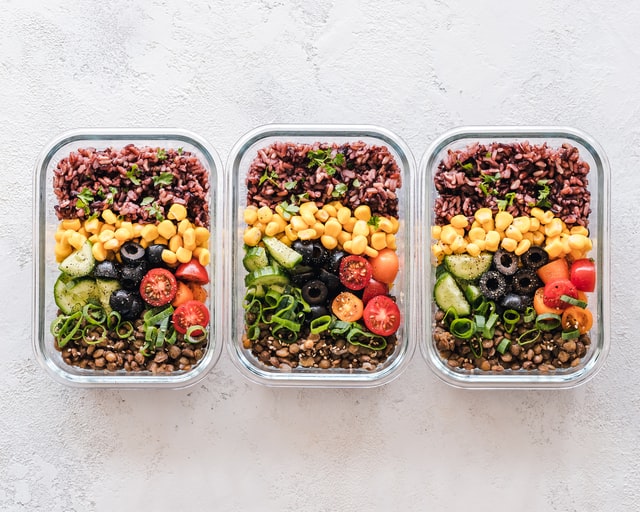Getting the nutrition piece of the puzzle correct will help elevate your performance, but is often not executed to its full potential. How you need to eat when you are training hard, compared to how your body tells you to eat when you are training hard, are two completely different things.
Most people understand – the more they train the more they need to eat, but executing that is not as easy as it sounds. Eating more before an intense training session can be challenging depending on the individuals tolerance and the type of session they’re undertaking.
It can be common for people to struggle eating before a run, compared to a swim or weights session. Similarly post training, some people can find it difficult to eat, particularly if they have pushed their bodies hard – often due to lactic acid. So while in theory it makes sense we need to eat more pre and post an intense session, the reality is, the application of that will vary depending on several factors.
Listening to your body is a great way to understand if you are getting enough in – do you feel energized and fueled, or do you feel depleted and exhausted? What are your energy levels like at the start of the week compared to the end of the week? Do you have consistent energy levels across the day, or do you crash and burn?
When you’re training heavily it is so important to eat enough to fuel the work you’re doing. Low energy availability equates to a mismatch between an athlete’s energy intake (diet) and energy used in exercise. Not only will this hamper your workout results but your overall health too.

Relative Energy Deficiency in Sport (RED-S) is characterised by detrimental impairments to your menstrual cycle, bone health, immune system, protein synthesis, heart health and gastrointestinal function. Symptoms of RED-S include frequent illness, low energy, stress fractures and low or lower than normal sex drive.
Getting the balance right, with both adequate macronutrients (protein, carbs and fats) and micronutrients (vitamins and minerals) is so important. Macronutrients provide us with energy (kilojoules) to be able to perform, but micronutrients have essential function in the body, which if we become deficient, can be problematic. One commonly required micronutrient is Iron, particularly in active females of menstruation age. This is because their iron requirements are more than double that of males. For macronutrients, a good place to start is knowing what should remain stable and what should adjust as your training days do.
The recommended daily intake of protein for the average individual is 0.75 per kilogram of body weight per day. However, individuals who workout often or elite athletes are recommended to consume 1.3-1.8g of protein per kilogram of body weight per day. While the total amount of protein you eat is important, the body can only use small amounts of protein at any one time. This means that the timing and spread of protein consumption throughout the day is very important. Including protein-rich foods at each meal and snack is a good way to ensure you are getting the most out your protein intake. Eating protein in the hour after exercise is essential in helping to promote muscle gains and minimise muscle breakdown.
Protein should be the consistent macronutrient for active people. Each day this portion should remain about the same at main meals – typically a quarter of third of the plate should be animal or plant protein.
Carbohydrates play an important role in fueling exercise as they are the main source of energy for the brain, body and muscles. Carbohydrates are your primary fuel source during high-intensity exercise and play a key role in maintaining effort, perception of intensity and may also assist in the prevention of cramping.
Carbohydrates are the main component which should be adjusted. The longer, more intense a session, the more carbohydrates required. This portion will vary largely from none to half the plate depending on the person. In most instances, it would sit between a quarter and a third, but it can dial up or down.
The third component is the colour – or the salad and vegetables – which contribute more micronutrients than macronutrients and should be adjusted along with carbohydrates. Ideally, the portion of your meals would remain the same each day, but when you are adjusting carbohydrates down you want to dial the colour component up. The biggest mistake people can make is reducing carbohydrates but keeping the colour portion the same as normal.
In the end it’s all about balance, shifting the dials on how you’re training, how you feel and how you’re body is responding to how you’re balancing your plate. If you have stepped up your training recently, it is worth investing in your nutrition and working with a professional like an Accredited Sports Dietitian.

Web link: https://bondivite.com.au/meal-portions-managing-intake/







